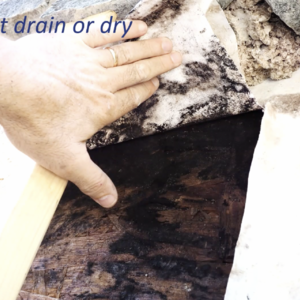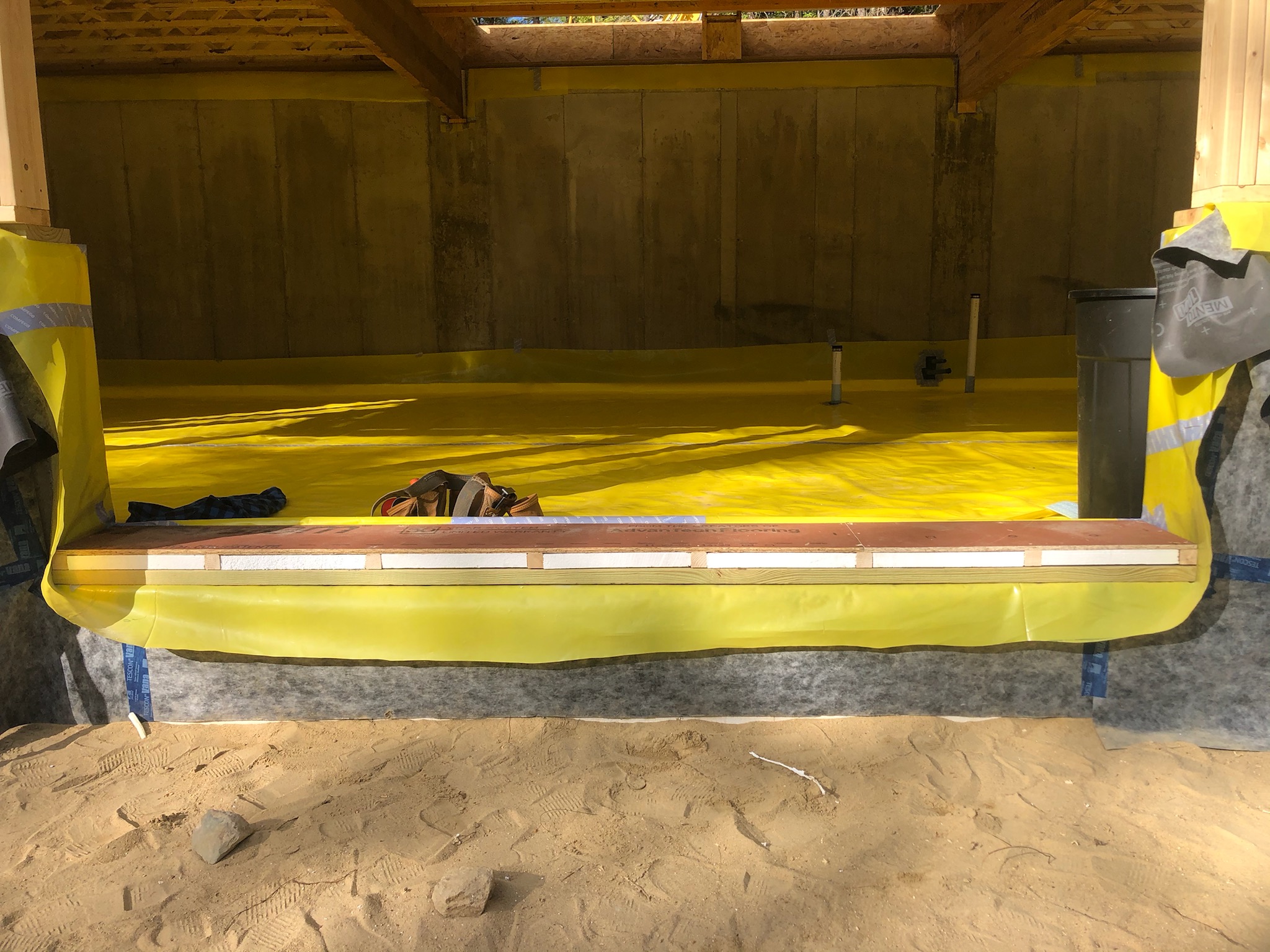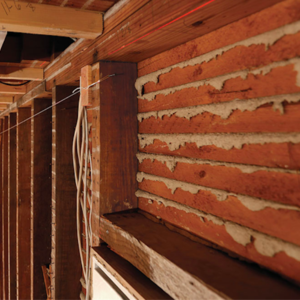
As you may have gleaned from reading my previous posts, most of my work is on older houses. I do occasionally run into houses younger than me, but they are the exception. It’s not uncommon for me to work on houses that predate the Republic.
The big picture is that old houses survive because they’re built entirely differently from new houses. It can be amazing—basements with standing water in houses with no significant rot; century-old windows with no modern flashing tapes to keep out water, yet with sound wood all around; wood or slate roofs that admit pinholes of daylight.
In the absence of serious neglect or poor remodeling, these houses stand and watch history pass by.
Old houses leak air in ways that new ones don’t. Lacking plywood, the board sheathing (if there is sheathing under the siding at all—often there isn’t) and board flooring in a typical old house provide miles of cracks for air leakage. But all that air flow kept them dry, so the siding and roofing details that often leaked in ways that would destroy a modern home weren’t problems a century and more ago.
Both expectations and possibilities were different until recently. For example, we all know that fireplaces aren’t the best of heat sources. But in say, 1821, a Rumford fireplace was the height of technology. Any room without one wouldn’t be much warmer than the outside during the winter; and even in those with fireplaces, standing 10 ft. away from the hearth wouldn’t have qualified as “toasty.” There was good reason Jimmy Carter advised us all to put on sweaters.
No one expected to be warm all the time in the winter because the available technology couldn’t provide that warmth. Now, we are spoiled…
Weekly Newsletter
Get building science and energy efficiency advice, plus special offers, in your inbox.

This article is only available to GBA Prime Members
Sign up for a free trial and get instant access to this article as well as GBA’s complete library of premium articles and construction details.
Start Free TrialAlready a member? Log in















4 Comments
Andy read through this great article. I’m dealing with an older home, built in 1903 but sounds like you deal with even older homes. My stone rumble walls are parged on the interior and exterior with a layer of stucco. No liquid water but according to your suggestion I’m set to drylok my walls. Do you insulate the rim joist in this setup? You mentioned options for flooring. I do have a 3-4 inch slab but it’s over dirt. There is no poly or insulation. Under my duct work the lowest height is 6’4. What do you use on a floor like mine with no liquid water but obviously no insulation or poly to protect moisture vapor. I talked about this on many posts with vinyl flooring over the concrete as a option but it’s safety in an old home without VB has been debated. I believe tile is safest but for my young kids not really ideal flooring. We also talked about painting the concrete and throwing down removable area rugs while controlling humidity in summer. I’m in westchester county NY. Thanks in advance for any advice.
I have one such boulder in my basement.
If I find it's not worth moving, would you seal the poly to it's edges somehow? Or maybe caulk the cured concrete to the boulder? (Radon in mind)
The Drylock will prevent the walls from being able to "breath"? There will still be moisture ("rising damp") even with gutters and creating positive grade; so, this moisture will wick up to sill and framing members leading to rot?
Rick Payne
Andy,
I own a home in the historic town of Redlands, CA. My home was built in 1905 and resides in a historic District. I need to replace the roof and plan to put polyiso insulation on the outside prior to installing a standing seam metal roof. I am concerned about violating the breathability of the home. I need to hire someone with your knowledge to assist in designing the roof assembly correctly. Can you recommend someone or are you available.
Log in or become a member to post a comment.
Sign up Log in